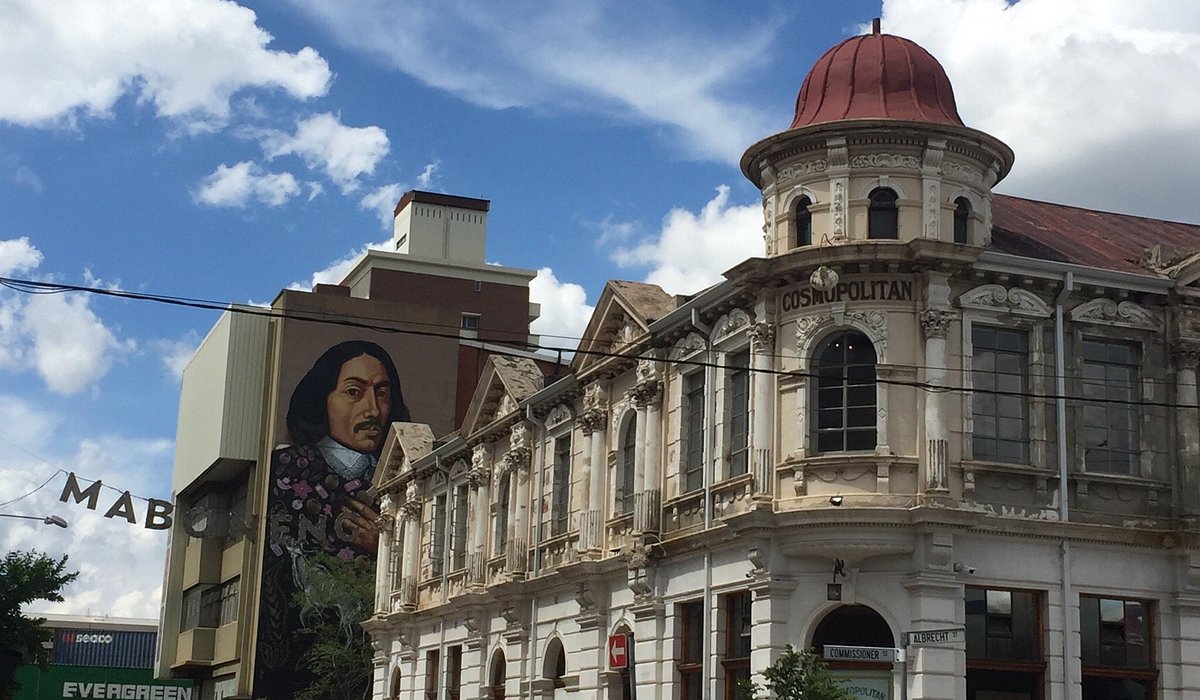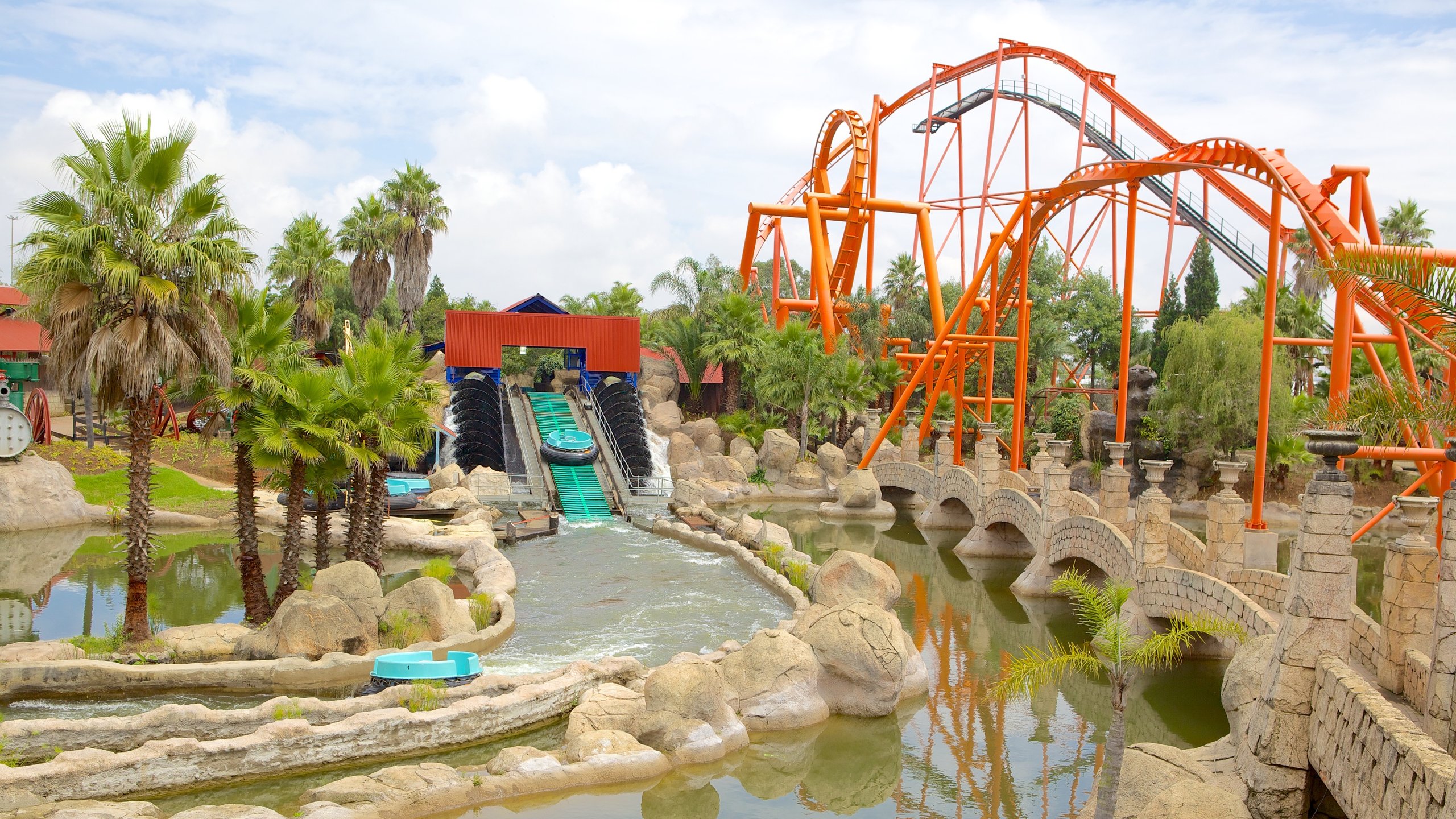Excitement About Johannesburg North Attractions
Excitement About Johannesburg North Attractions
Blog Article
See This Report about Johannesburg North Attractions
Table of ContentsThe Greatest Guide To Johannesburg North AttractionsHow Johannesburg North Attractions can Save You Time, Stress, and Money.More About Johannesburg North AttractionsNot known Factual Statements About Johannesburg North Attractions Indicators on Johannesburg North Attractions You Should KnowAn Unbiased View of Johannesburg North AttractionsNot known Factual Statements About Johannesburg North Attractions
You must maintain safety and security in mind and visitors need to remain alert at all times when in unfamiliar surroundings. Talk with the locals when you remain in town to learn about the location you are remaining in. Johannesburg North attractions. When on the road (this doesn't put on shopping center and various other safe settings) ideal general advice is to attempt your ideal to appear like a neighborhood and to prevent showing any kind of wide range
Excitement About Johannesburg North Attractions
Teacher Revil Mason O. J. (Thomson, 1946) discovered the Witwatersrand's pre-colonial background. His archaeological job blew up the 'em pty land' misconception, according to which the region was without human habitation before the arrival of European inhabitants. In his publications Prehistory of the Transvaal: A Record of Human Activity (1962) and Beginnings of Black Individuals of Johannesburg and the Southern Western Central Transvaal AD 3501880 (1986 ), Teacher Mason showed the degree of social and economic advancement in the location before Europeans set foot below.

The Basic Principles Of Johannesburg North Attractions
In 1878, David Wardrop discovered gold in quartz capillaries at Zwartkop, north of Krugersdorp. In 1881, Stephanus Minnaar came throughout gold on the farm Kromdraai, near the Cradle of Mankind.
In March 1886, an outcropping (quickly to be called the Main Coral reef) was found, fairly fortunately, on Gerhardus Oosthuizen's ranch Langlaagte. Some claim that the Lancastrian coal miner George Walker discovered this coral reef. An additional travelling English miner, George Harrison (who had formerly operated in Australian mines) obtained a prospecting permit in respect of Langlaagte in May 1886.
He determined to proceed in a mission for greener pastures, and disposed of his Langlaagte case for the handsome amount of 10. Alas: under lay the wealthiest goldfield ever before located. The exploration of this rich auriferous coral reef prompted a gold thrill that indicated the end of bucolic tranquillity in the southerly Transvaal.
It would, within six years, come to be the biggest town in southern Africa. Within a decade, it would make the Z. A. R. till after that an anarchical and insolvent little state the richest nation in Africa. By the millenium, the Z. A. R. was to surpass Russia, Australia and the United States of America to end up being the world's leading gold producer, producing greater than a quarter of the globe's gold.
More About Johannesburg North Attractions
It was referred to as Ferreira's Camp, called after Colonel Ignatius Ferreira. He was a Boer traveler upon whom the British authorities had bestowed the standing of Companion of the A Lot Of Identified Order of St Michael and St George (qualifying him to the post-nominal letters C. M. G.) in gratitude for his function in the battle that had have a peek here deposed the Pedi king Sekhukhune in 1879.
Two various other camps were established: Meyer's Camp on the farm Doornfontein, and Paarl Camp. The latter was nicknamed Afrikander Camp; numerous individuals from the Cape Colony worked out there.

Some Known Factual Statements About Johannesburg North Attractions
This name obtained currency by word of mouth, such that the State Secretary verified the name to the Mining Commissioner on 9 October 1886. Stands in the village were auctioned on 8 December 1886. While some stands were cost 10, others were knocked down for as low as sixpence.
Two years later on, these erven were to change hands for as high as 750 each. The tented camps decreased as a dorp of corrugated iron buildings created and increased north of the mines located along the Key Reef Roadway. Areas such as Jeppe's Community (where working-class immigrants erected their dwellings) and Doornfontein (where the upscale brand-new 'Randlords' started to construct their opulent residences) were soon included in the ever-expanding map of the town.
What Does Johannesburg North Attractions Do?
Apart from the street names, there were no signs of Johannesburg being positioned in a Dutch-speaking country., nearly everybody talked English and even the Government slaves attended to one in English, unless they were initial attended to in the Taal (or Reduced Dutch)'.
Britain had a rate of interest in making sure optimal conditions for gold manufacturing on the Witwatersrand, and that the gold was exported to London instead than Berlin an important rendered all the extra clamant by the Z. A. R.'s raising toenadering with Germany. Mine proprietors were on a crash course with President Kruger, whose policy of monopolistic giving ins (typically approved to his cronies) stopped navigate to this site mining companies from acquiring products of materials (specifically dynamite) and work on their very own, less expensive terms
Rumored Buzz on Johannesburg North Attractions
In 1890, the Volksraad had actually restricted the franchise business to white men who had stayed in the Z. A. R. for fourteen years or longer, hence disqualifying the majority of the immigrants (who happened to be the significant factors to the fiscus). Frustration for the vote was a plain pretext for advertising a different schedule; many uitlanders regarded themselves as short-term site visitors and had no intent of staying in the Z.
Report this page